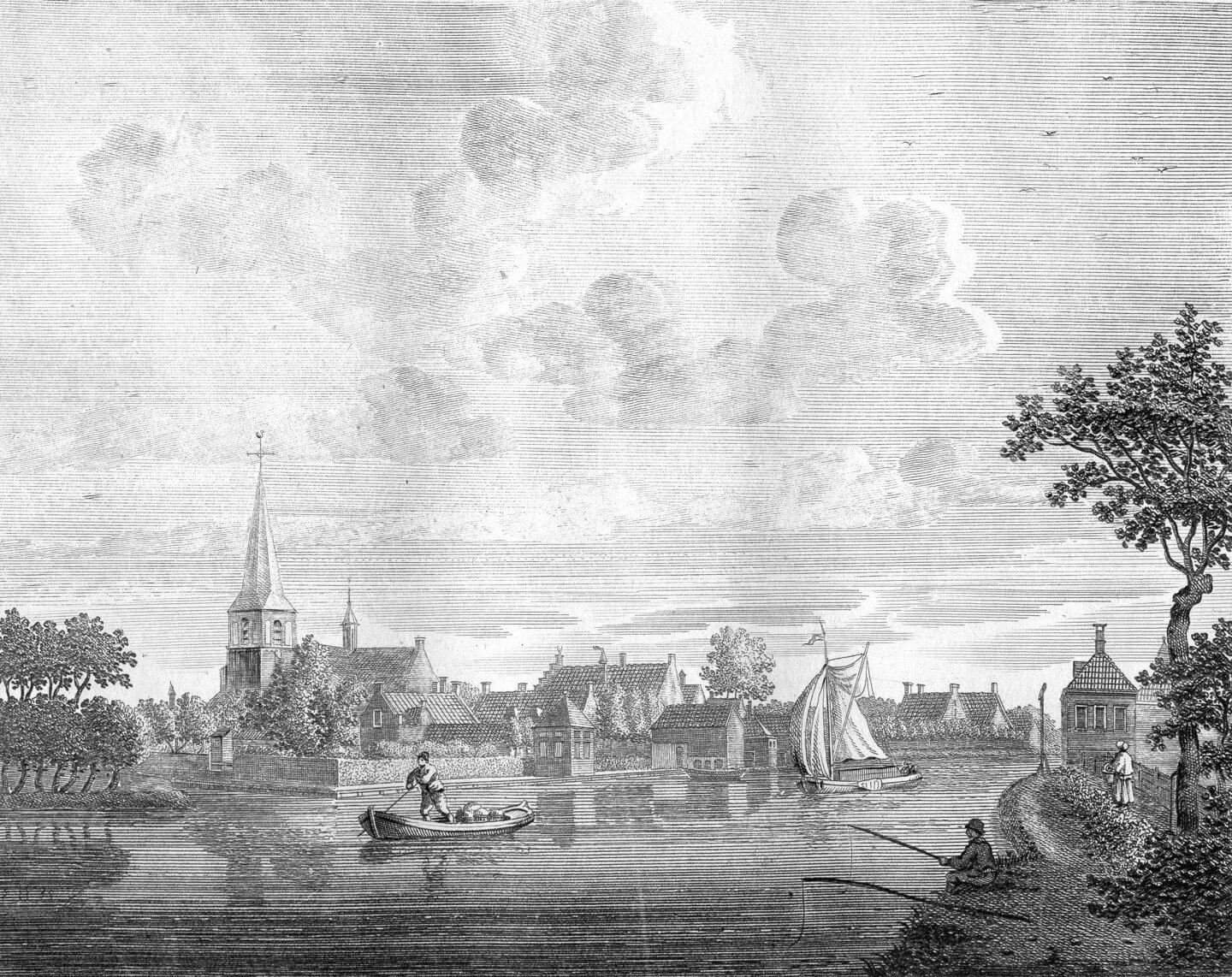Sound & Vision Publishers BV
Since assuming responsibility for the Hollstein enterprise in 1995, Sound & Vision has been instrumental in the blossoming of the Hollstein project, while launching a new series Studies in Prints and Printmaking. Enthusiasm, organisational skills and stamina have been key factors for their success to date, coupled with the support of a loyal team of compilers and editors. The past years the collecting, assimilation and distribution of information on prints has changed dramatically as a consequence of new ICT. Technological tools and instruments for the structured collection of data on prints have been developed. For example PrintDB a specialized database for describing every aspect of a print. This rather complex, but easy to use tool, is used by most of our art historians while performing their research and gives them the tools to cover every aspect of their sometimes rather complex research challenges.
WHAT IS 'HOLLSTEIN'
Hollstein is a household word to all students of the great Northern European schools of printmaking. It is a universally known standard reference work with a status enjoyed by few other scholarly publications. The name is derived from Friedrich Wilhelm Hollstein (1888-1957), a leading dealer in prints and drawings in Berlin before the Second World War. Circumstances forced Hollstein to leave Germany in 1937, at which time he took refuge in Holland and moved to Amsterdam. Like many serious dealers, he assiduously documented the objects in which he was interested. The publisher Menno Hertzberger eventually issued the first volumes based on Hollstein's research: dating from 1949 is F.W.H. Hollstein's Dutch & Flemish Etchings, Engravings and Woodcuts ca. 1450-1700, and from 1954 the parallel series German Engravings, Etchings and Woodcuts ca. 1400-1700. In 1993 followed by The New Hollstein Dutch & Flemish Etchings, Engravings and Woodcuts 1450-1700 and in 1996 by The New Hollstein German Engravings, Etchings and Woodcuts 1400-1700. The latter two series are intended as revised editions of the earlier volumes in Hollstein's Dutch & Flemish series and the German series. With the replacement of the early volumes, Hollstein and the New Hollstein together will constitute a catalogue unique in its completeness and ease of use. Leaving aside exceptional cases, we strive to reproduce every entry, true size wherever possible.
To date (2020), the number of published volumes in all of these Hollstein and New Hollstein series total more than three hundred and fifty.

